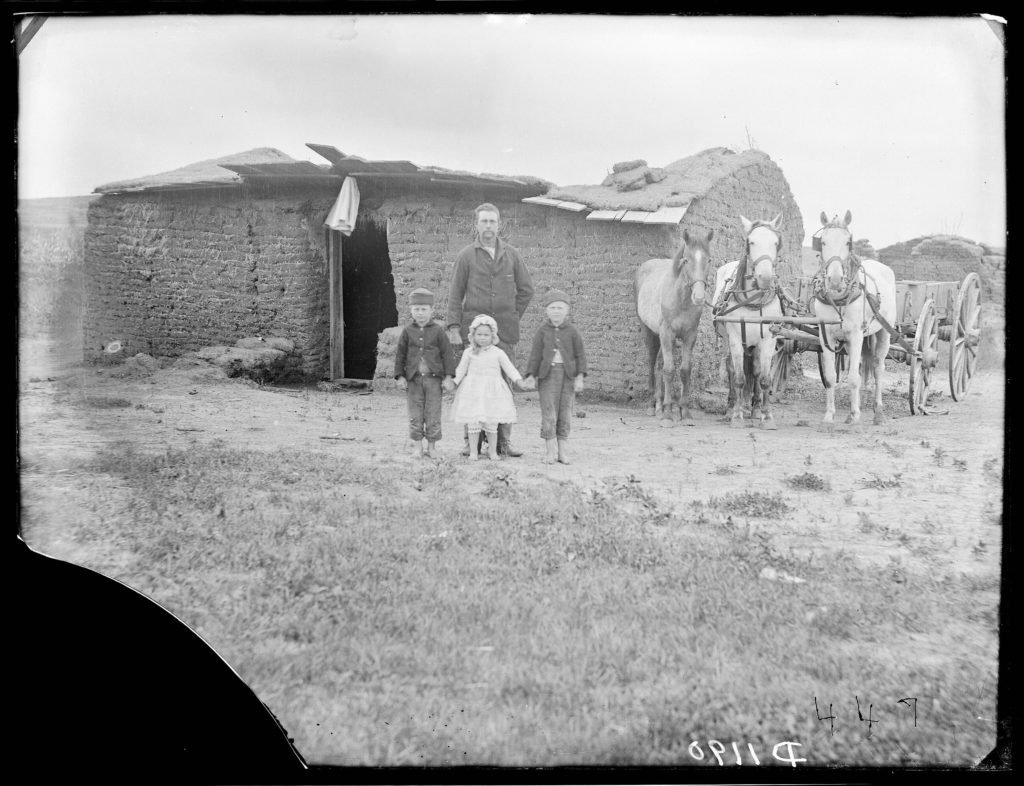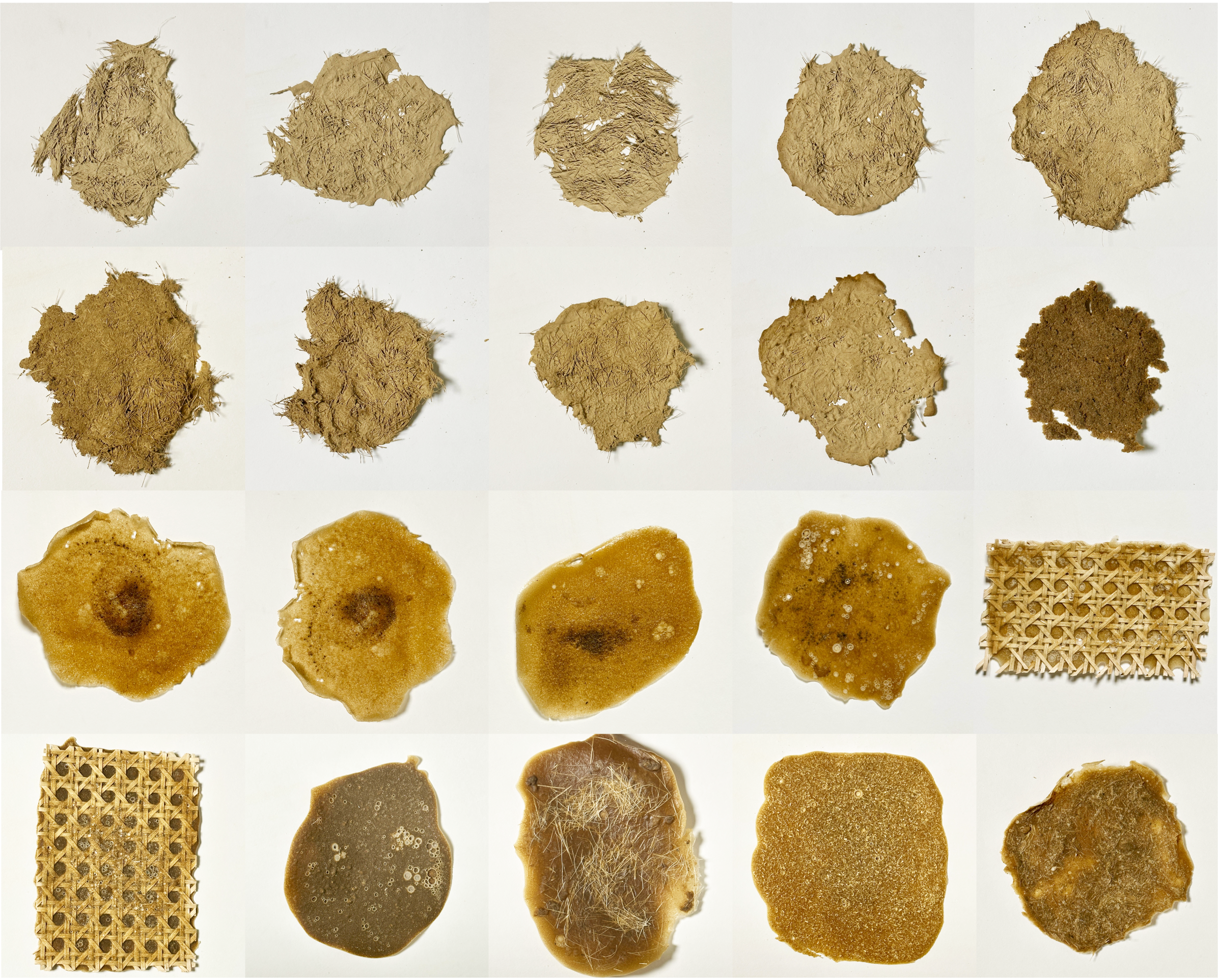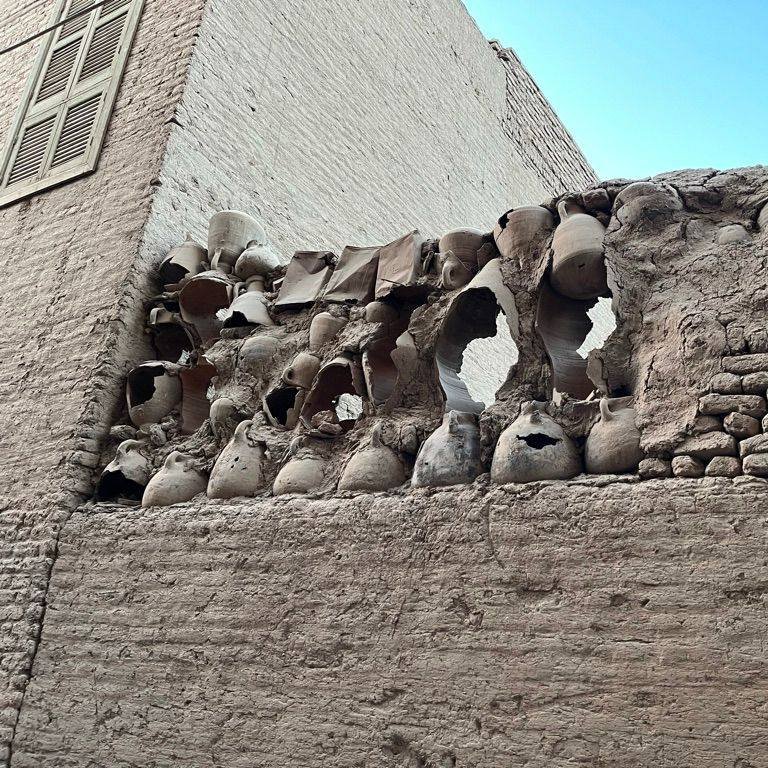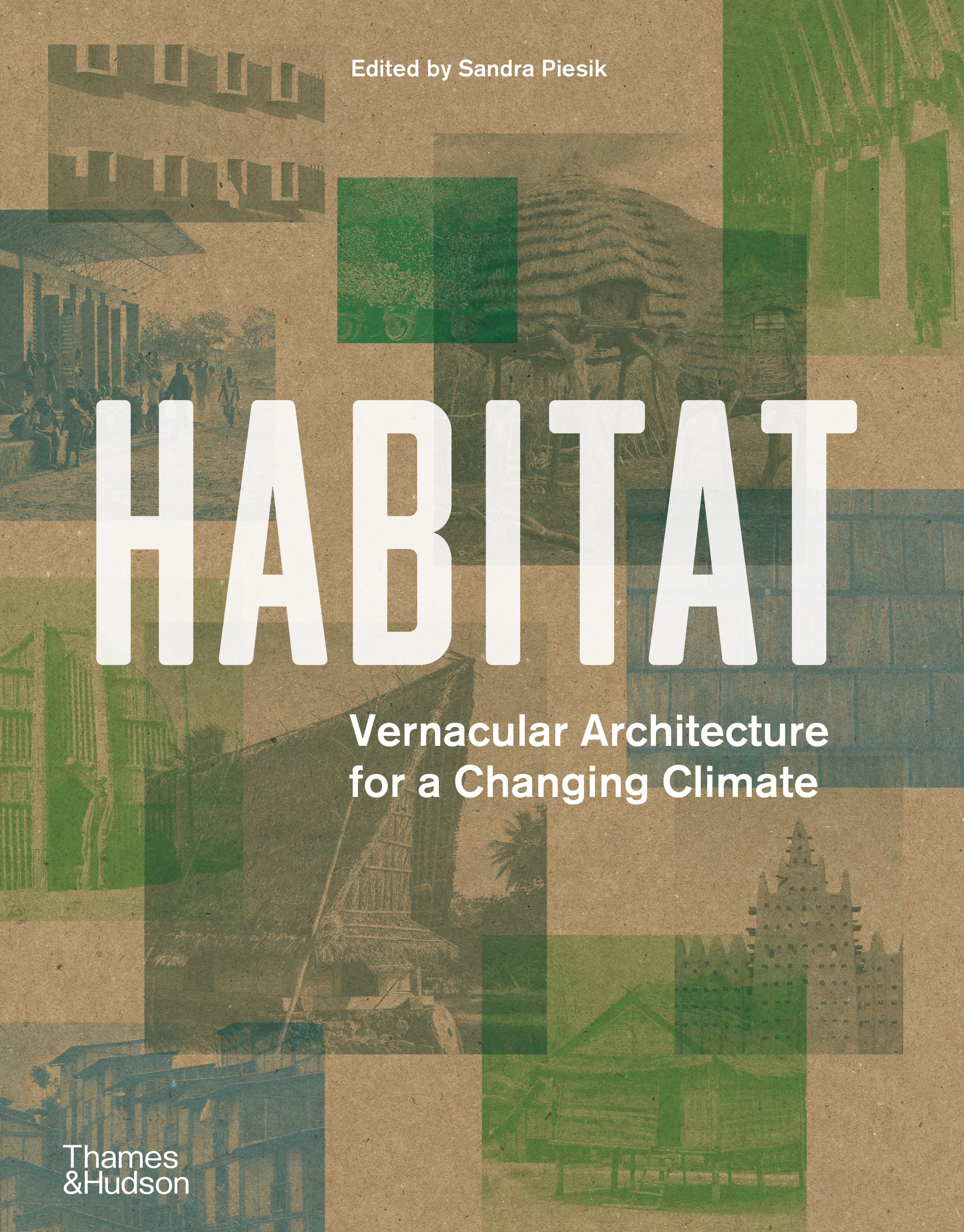Lectures
Held May 31st in the Hillier College of Architecture and Design’s Weston Hall Gallery and Lecture Rooms, these Lectures and Conversations will place industry professionals in conversation with academics, considering opportunities for vernacular technologies to shape the future of architecture.
Erroneous Imitations of Vernacular: A Material Kitchens Approach
In Conversation with Myrrh Caplan, Vice President of Sustainability at Skanska North America
Colonialism material shifts prompted replacements, erroneous homage, or imitations of Native practices, as seen in the evolution from natural resins like Gutta Percha to Bakelite, the precursor of modern plastics, and from Indigenous adobe to brick construction. Today's material lexicon, encompassing petroleum, cementitious, and various chemicals, permeates geological bodies and our own biological systems. This lecture explores the significance of raw, non-engineered, and disobedient materials, highlighting variable substances and their transformative processes they embody, discussing historic imitations and categorizing them to their geological products, plant-based by-products, animal-friendly elements, fungi, and microorganisms. It suggests multiple types of “kitchens”: a food kitchen, a lab, a manufacturing facility, an art studio, a field station.

Sod construction by settlers in the prairie (Image source: Courtesy Nebraska State Historical Society, RG2608-1190, photographer: Solomon Butcher) - Lola Ben-Alon

Xiyu Li, Jacky Tian, and Wenjing Xue, Exploration of Opacity in Earth-Fiber Bioplastics with Cane, 2023. Courtesy of Lola Ben-Alon and the Natural Materials Lab, Columbia GSAPP.

Wall pot infills, used as "pigeon houses" in Naqada, Egypt (Image source: Beit Zaman, the Old and Forgotten. Photographer: Luciana Carvalho) - Lola Ben-Alon
Vernaculars of The Expanded Borderlands
Rael will discuss how borderlands are a productive landscape for the exploration of contemporary vernaculars and how expanding this understanding has fostered experimentation, activism, & play, and innovation through craft and design.

Teeter Totter Wall

Exterior of Skylos

Interior of Casa Covida
Future Perspectives on Emerging Habitats
in conversation with Sydne Nance from Henning Larsen
Changing paradigm shifts of human habitats driven by rising ecological awareness offer a great opportunity for a new engagement with a ‘bio’ planet from a bio-circular economy, bionics, bio-mimicry, and bio-materials to more recent concepts of bio-design. All of them are rooted in an often unspoken history of human ingenuity and millennia-old relationship with nature. ‘Future Perspectives on Emerging Habitats’ lecture will frame the contemporary adaptation of biomaterials in the scale of ecosystems and bioregions, territorial integration, and urbanism, as well as technology transfer. Based on ‘Habitat: Vernacular Architecture for a Changing Climate’ published in May 2024 by Thames & Hudson USA

A new compact edition of Habitat, Vernacular Architecture for a Changing Climate

Image from Bangladesh © Anna Heringer

Village Houses of Madagascar © Thames and Hudson

Technology School of Guelmim © Thames and Hudson

Primary School Gando, Burkina Faso © Thames and Hudson

The Sabla Al Ain UAE Award Winning 2014 © Dr Sandra Piesik

The Sabla Al Ain UAE Award Winning 2014 © Dr Sandra Piesik

The Sabla Al Ain UAE Award Winning 2014 © Dr Sandra Piesik

Tibet Jianamani Visitor Centre_501 © Li Brian Zhang
Material Inventories & Adaptations
Katie MacDonald & Kyle Schumann
in conversation with Tri-Lox, a Brooklyn-based circular design, fabrication, and manufacturing practice that works with regionally, sustainably sourced wood.
The Industrial Revolution introduced standardized material dimensions and grading, enabling faster construction and reducing the skills required of construction labor. The Digital Turn enabled new form making through the translation of digitally rendered complex forms into toolpaths for CNC machines with the capability to transform standard sheets and boards into custom geometries. Today, the Biomaterial Turn foregrounds changing ecological and material ethics that necessitate alternative approaches to working with grown matter. By reconsidering our relationship to craft, construction practices, and fabrication technologies, architects and builders can leverage the embodied intelligence and grown form of natural materials – a shift in approach from specifying to strategizing.

Katie MacDonald and Kyle Schumann - Sylvan Scrapple

Tri-Lox is working to extend the life of NYC trees beyond the point of removal through its NYC Tree & Wood Reuse pilot.

Katie MacDonald and Kyle Schumann - Tangential Timber

Tri-Lox worked with architects at WXY to bring a workplace to life for arts organization The Howard Gilman Foundation.

Katie MacDonald and Kyle Schumann - Living Rooms & Parlor Tricks

NEST is an interactive sculptural playscape series designed and built by Tri-Lox. Inspired by nature, informed by play research, and made with natural material.

Katie MacDonald and Kyle Schumann - Sylvan Scrapple

Katie MacDonald and Kyle Schumann - Tangential Timber
Deep South Vernacular: Adapting to a Hot and Humid Climate
This presentation covers historic traditions in vernacular architecture, how they historically adapted to the hot and humid climate of the American deep south and how those adaptations may function in our contemporary hotter and more humid world.

Ian Crawford - Corn Crib

Ian Crawford - Corn Crib
Unfired Earth
in Conversation with Matthew Adams, whose research focuses on the sustainability, resiliency, and long-term durability of innovative cement-based materials.
Before the Industrial Revolution, we used local, low-processed, natural materials that were often labor intensive and required long construction times. After WWII, the factories used for wartime production pivoted to producing building materials. Since the industry was used to the demands of war (with rapidity prioritized over long-term effects) it formed a system with little or no thought given to emissions, climate change, biodiversity loss or chemical load. This together with an optimistic mindset, availability of resources and cheap energy created an unsustainable system.Though we are now coming to realize that we only have one planet - we are still pushing it over its limits. Today the construction sector creates approximately 40% of the world's CO2 footprint, while also contributing to the depletion of natural resources, destruction of habitats and release of toxic chemicals.
How can we use the knowledge of frugality from the past to create a more sustainable future? Can we mix the renewable, low toxic, easily recyclable and natural building materials with today’s demands of rapid construction times, building codes and picky dwellers? The focus of the lecture will be on how unfired earthen building materials can complement biobased materials in terms of fire resistance, weight, moisture handling, acoustics, aesthetics, and load bearing performance. Issues that biobased materials often have problems with when used alone and on a large scale, in a modern construction industry with strict demands for material performance.

Compressed Earth Block made during workshop seminar on ReCirculate investigating using locally excavated left over earth masses from road construction to produce building blocks

Rammed earth, HSB Living Lab, Gothenburg to investigating local clay for pre-fab elements

Compressed Earth Block made at public workshop, Frihamnsdagarna, Gothenburg
Biobased Building from Equity to Aesthetics
David Lewis and New Frameworks will discuss value and the inherent beauty of natural materials. They will work to understand how innate material qualities create beauty, value, utility, and equity. David will bring to the conversation knowledge gained while working on the recently released book, Manual of Biogenic House Sections, and New Frameworks will offer their expertise in natural construction methods with a focus on straw in contemporary construction. They will each approach the conversation from their unique overlapping viewpoints grounded in the realities of construction, the design profession, the academic world, and their own emergent bodies of research.

New Frameworks is a multi-racial, women-, queer-, and trans-owned worker cooperative committed to a kinder sort of building.

Locally sourced natural materials like native hardwood, clay, and stone soften our impact on the planet.

Ecologically-minded building practices and comprehensive, full-service systems design make our buildings at home on earth while providing state-of-the-art comfort and efficiency for the people that rely on them.

Founded i 2006, New Frameworks practices high performance natural building towards the construction of climate justice and regeneration in our region.


